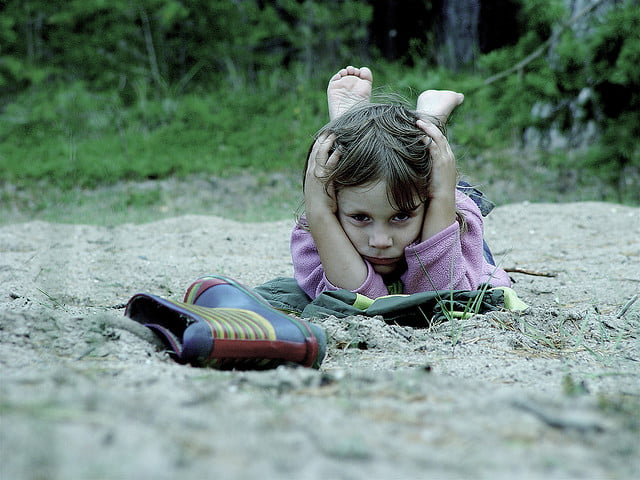Are some children more inclined than others to become adults who suffer from Obsessive Compulsive Disorder (OCD)? According to a research conducted at Tel Aviv University, Israel, some sensitivities found in children may prove so.
Most children are introduced to routine schedules at an early age by their parents, such as sitting down for a meal, bathing and going to bed. Although these activities are considered beneficial for a child’s healthy development, researchers believe that when combined with oral and tactile sensitivities such as being irritated by specific fabrics, they may be an early indicator of OCD in adulthood.
Professor Reuven Dar of Tel Aviv University’s Department of Psychology, tells NoCamels that “hypersensitivity and excessive adherence to childhood rituals could be a precursor to the disorder.” According to Dar, “children who are hypersensitive often report a dislike to certain surfaces and can act aggressively to touch.”
Related Stories:
New Research Can Tell Your Susceptibility To Diabetes
Direct Evidence Found Linking Stress To Cancer
Dar first suspected such correlation while he was working with adult patients suffering from OCD, who reported sensitivity to touch and taste during childhood. Dar and his research team established a direct link between sensory processing, which is the way the nervous system organises and makes sense of the various sensations entering the brain, with ritualistic and obsessive-compulsive disorders.
In their latest study, which was published in the Journal of Behaviour Therapy and Experimental Psychiatry, the researchers found that when children experience high levels of sensitivity they may develop ritualistic behaviours that help them to cope with their environment. Professor Dar believes that the long-term implications can result in adult OCD.
Sign up for our free weekly newsletter
SubscribeThe research team conducted two studies to establish the potential connection between sensory processing, rituals and OCD. In the first study, parents of five-year-old children were requested to complete three questionnaires regarding their child’s behaviour. For example, they were asked to indicate their child’s level of ritualism, which included whether they repeated certain acts, or if they arranged objects in an orderly fashion. Other questions required parents to rank their child’s level of anxiety with reference to how they reacted to strangers, worrying about outcomes of events, and patterns of attachment to family members. Parents were also asked to assess how their children reacted to unusual tastes or smells, along with their response to being touched.
The second study consisted of 314 adult participants, who were recruited to answer online surveys regarding their OCD traits, their anxiety levels and their past and current sensitivity to oral and tactile stimulation.
Results from both studies suggested a link between compulsive tendencies and hypersensitivity. In children, hypersensitivity was an indicator of ritualism; however, in adults it was related to OCD symptoms. These findings provide preliminary support for the notion that these sensitivities are a precursor to OCD. Professor Dar believes that children who are extremely sensitive to touch or smell often feel as though they are being attacked or threatened by their environment. To help deal with these feelings of anxiety, they may adopt ritualistic behaviours as a mechanism to regain their sense of control, which is symptomatic of adults who suffer from the disorder.
While Professor Dar admits that all children have particular habits and preferences, he stresses that not all of them are necessarily early indicators of OCD. “If a child is very rigid with rituals, becoming anxious if unable to engage in this behaviour, it is more alarming,” said Dar. He explained that age is another factor to be taken into account: a habit adopted by a five or six year old, isn’t necessarily a predictor of OCD. However, if the same behaviour continues at the age of eight or above, it could be an indicator. Dar recommends that parents with a hypersensitive child should “gradually expose him to the various tastes and textures that are bothersome.”
In the future, Professor Dar plans to conduct a longitudinal study to better understand the connection between child hypersensitivity and adult OCD by following a large group of children who experience oral and tactile sensitivities – from childhood through adulthood.
Illustrtation photo courtesy of rolands.lakis
Related posts

Israeli Medical Technologies That Could Change The World

Harnessing Our Own Bodies For Side Effect-Free Weight Loss

Missing Protein Could Unlock Treatment For Aggressive Lung Cancer




Facebook comments